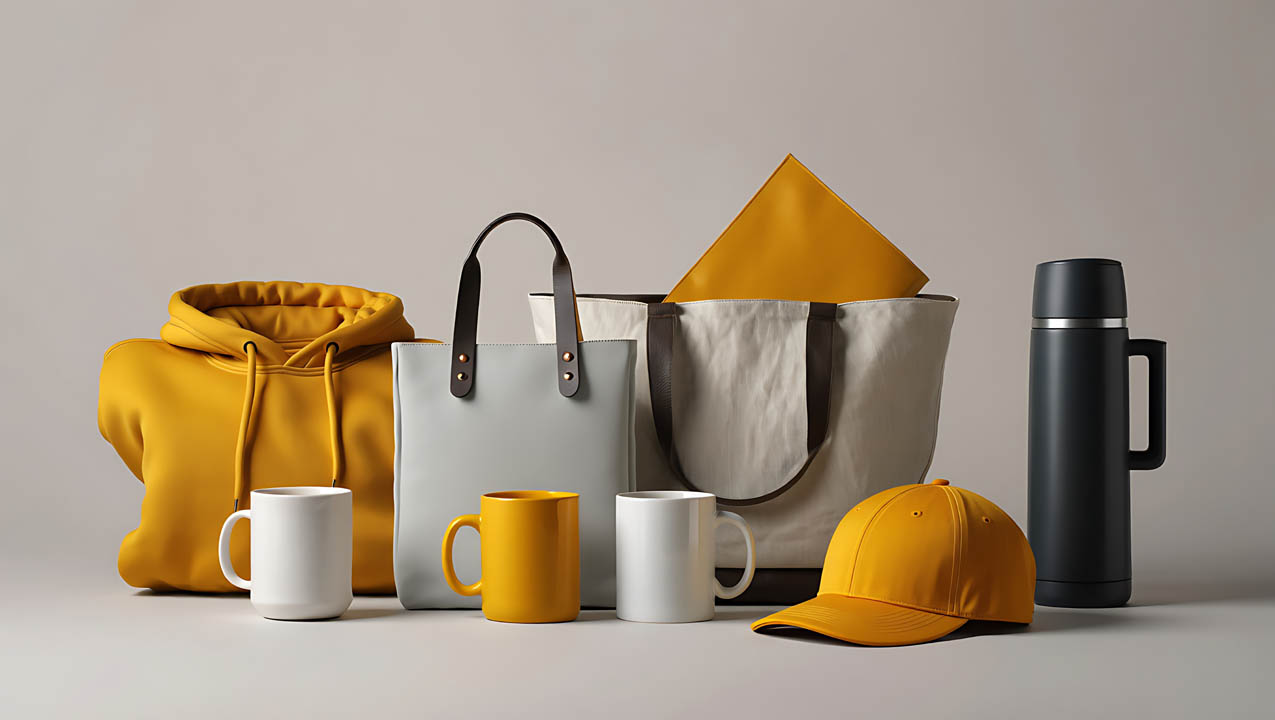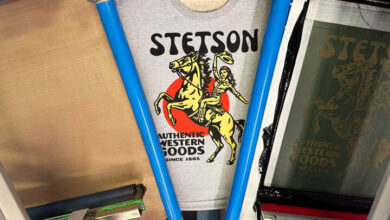Being in the apparel decorating business for 25-plus years, I know that the standard T-shirt is where most people start. They pay the bills and keep the press running. But after a while, they can also hold your business back. There’s only so much room to grow when your product line looks like everyone else’s. When every shop down the street prints shirts, you end up competing on speed, price, or luck.
I remember working with a shop owner who was doing steady T-shirt business but constantly chasing volume. She was working hard, but her margins were shrinking. When we looked closer, we realized her customers were already asking for polos, hoodies, hats, and tote bags. She just didn’t have the time or equipment to say yes. Once she started outsourcing embroidery and adding print-on-demand partners, her average order jumped 40%. That’s the real opportunity. Expanding what you offer without losing your sanity. The goal isn’t to do everything yourself. It’s to create more ways for customers to
say yes.
New product, new possibilities
Every decorator knows the comfort of a good cotton tee. It’s easy to order, easy to press, and you can almost quote the pricing in your sleep. But that comfort can slowly turn into a ceiling.
So where do you go from here? Start by looking at what you already know and who you already serve. You don’t need to reinvent your business overnight. You just need to listen to your customers a little differently.
If you work with schools or sports teams, they probably need spirit wear beyond tees. Think hoodies, bags, hats, warmups, and even team blankets. If you serve small businesses, think uniforms, polos, and branded merch for client gifts. A decorator I coach recently made this exact shift. She started promoting lightweight jackets and custom beanies during the fall. Within two months, her regular T-shirt customers were ordering full matching sets for their teams. Her average sale doubled. Not because she added new customers, but because she offered more to the ones she already had.
Thinking beyond apparel
Once you’ve built comfort there, you can start exploring nonapparel items that connect with your audience. Think drinkware, signage, mousepads, or home decor. Products that fit the spirit of your existing brand can open up completely new markets. This is where techniques like sublimation, UV printing, and laser engraving shine. You don’t have to bring them all in-house. Partner with vendors who specialize in these methods and can produce high-quality work under your brand name.
For example, one small shop I know in Ohio partnered with a sublimation producer for photo gifts like mugs, coasters, and ornaments. They ran a “Family Holiday Collection” campaign featuring matching shirts, mugs, and ornaments. Their December revenue tripled compared to the year before, and they didn’t buy a single new piece of equipment.
That’s the beauty of thinking beyond apparel. Every new product gives you another way to serve your customers and keep them coming back for different occasions throughout the year.
Outsourcing: Smart growth, not surrender
A common myth in our industry is that outsourcing means losing control. But the truth is, outsourcing often gives you more control over your time, quality, and profitability. Outsourcing lets you scale without adding overhead. You can test new products, offer new decoration methods, or handle larger orders without overloading your production schedule. You can start small by partnering with a trade printer for embroidery or a DTF fulfillment service for full-color transfers.
I’ve worked with shops that built entire new profit centers by outsourcing. One started offering laser-engraved tumblers through a local engraver. They marked up the price and managed the order just like their own production. Their customers got variety, and the shop got new revenue with zero new machinery.
If you ever feel hesitant about using partners, remember this: big brands outsource too. Nike doesn’t make most of its products. Apple doesn’t build every component in its products. Outsourcing is collaboration. You don’t have to own every tool to deliver an incredible product.
How to market beyond the tee
Adding new products only works if your customers know about them. Start with your samples or what a friend of mine, Daniel Frank of SilverScreen, calls “innovation packs.” Most customers can’t picture what they haven’t seen. Build a small display wall or a “branded bundle” photo shoot. Show a matching hoodie, hat, and tote bag. Post videos of you testing a new technique. Customers love behind-the-scenes looks, and they build trust and curiosity.
Then, update your social posts and emails to reflect your expanded range. Highlight stories about the results your customers are achieving. A corporate client ordering embroidered polos for their whole team? Snap a photo of the stack and tag them. A high school booster club buying hats and blankets? Celebrate their support publicly.
One trick that works incredibly well is creating themed product drops. A “Fall spirit pack” that includes a hoodie, cap, and tote bag is more exciting than just listing prices. You’re giving customers a ready-made solution, not just another product.
The power of purposeful products
When you start selling beyond T-shirts, you’re creating meaning. Each new item carries a purpose for your customers. A custom hoodie can represent unity for a team. A laser-engraved tumbler can be a thank-you gift that builds loyalty. A canvas tote can help a business share its story every time a customer carries it.
When you sell products that help people express identity, pride, or connection, you stop being just a decorator and start being a partner in their story and a true solution provider.
And don’t underestimate the emotional pull of bundling. When a customer buys a shirt, a mug, and a sticker that all share their logo or message, they feel more connected to their brand. That emotional connection often leads to repeat orders and referrals.
Grow without overwhelm
Growth doesn’t have to mean longer hours or bigger payrolls. It can mean cleaner systems, better focus, and smarter use of partnerships. For example, test one new product line at a time. Trust reliable partners who can produce what you can’t. Keep a simple spreadsheet to track what sells and what doesn’t. The data will tell you where to double down.
And give yourself permission to stop doing what no longer serves you. Maybe that’s cutting back on low-margin jobs, or saying no to clients who only shop on price. When you free up that energy, you can focus on the customers and products that make your business stronger.
One of my favorite things about this industry is how much room there is to reinvent yourself. Every new product, partner, or process can open a door to something bigger. You just have to be willing to step through.
T-shirts will always be the heart of this industry, but they don’t have to be the limit. Your creativity deserves more than one product line. Start with one new idea, one new partner, or one new collection. Learn, adjust, and build from there. Growth often begins with a simple “What else could we offer?”
You might start with a shirt, but you can end up building an entire brand of products that carry your creativity.




